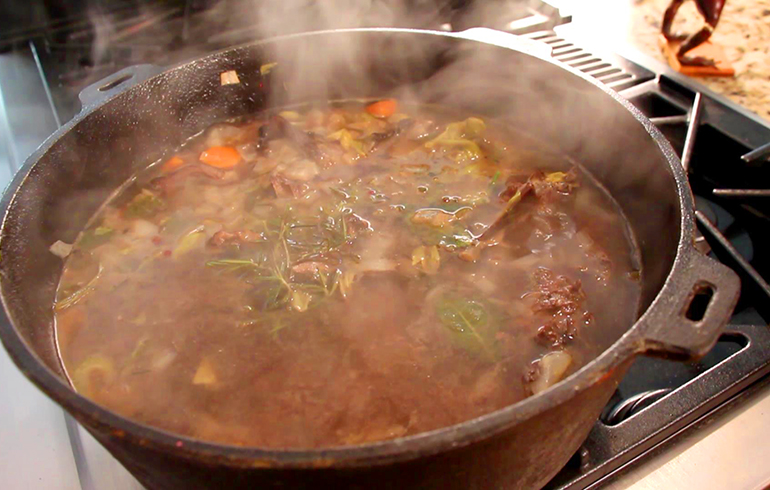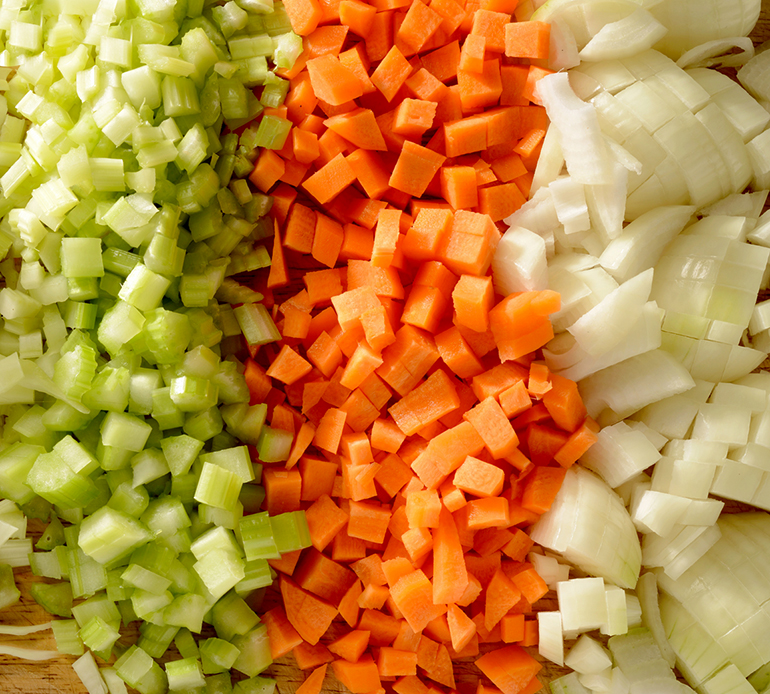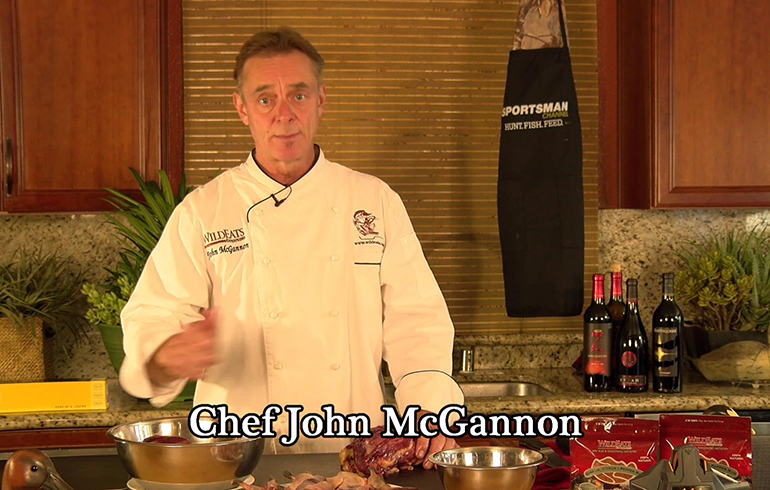Don’t Waste Critters- Making Stock From the “Remains” Made Easy by Scott Leysath
I’m sure that native people in this country didn’t “breast out” their birds and throw the rest on the burn pile. Long before we nearly wiped out the buffalo, American Indians used every part of these giant beasts.
From the hides to the nether regions, nothing was wasted. By comparison, think about how much of your wild game gets thrown in the trash. Based on a lifetime of talking to others about how they prepare their harvested game, I’d guess that only a very small percentage of them make the most of their critters. I’m not talking about making coin purses out of venison scrotums, but the tasty shanks and flanks are often discarded.
Preventing cookies from being stored on your device may interfere with your ability to view video content.
You can adjust your cookie setting by clicking the button below.
I don’t think that it’s malicious, I do think that they just don’t know what to do with the other parts. When it comes to animals, whether it’s what’s left of a store-bought roasted chicken or a Thanksgiving turkey carcass or deer bones, I always turn scraps into stocks. You have to agree that a stock made from roasted elk bones and trim has to taste better than something from a salty cube or can, right?

Making stock from wild game is a simple process. It just takes time. Fortunately, it doesn’t take much time away from whatever it is that you need to do. Stocks can happen while you’re sleeping comfortably in your bed. You’ll wake up in the morning to the wafting aroma of your reduced stock. Making stock is also a good way to use up parts of vegetables that are typically thrown away, unless you have a compost pile. Save onion ends and skins, carrot tops and celery tops and bottoms. They can all be roasted along with bones and trim to make a flavorful stock.

Step 1. Place cracked or chopped bones, carcasses and trim into a roasting pan along with a good pile of celery, carrots and onions. Place into a 375 to 400-degree oven, grill or smoker until well-browned. Turn everything over a time or two to make sure that all sides are evenly browned. The browning will add depth of flavor to your stock.
Step 2. Once browned, dump everything from the roasting pan into a large stock pot. Cover with cold water and heat until almost boiling. Reduce the heat to a low simmer and make sure that the pot is uncovered. For additional flavor, add some hardy fresh herbs like rosemary, a few garlic cloves and a bay leaf or two. If you plan on going to bed, make sure that the heat is set to a low simmer and there is plenty of water in the pot. You can always crank up the heat in the morning, but removing all liquid will result in the smell of something burning. That’s bad. When the stock is done, most of the liquid will have evaporated and the bones will be free of any meat.
Step 3. Pour the contents of the pot through a colander. It’s usually easier to pluck the bigger bones out with tongs before the colander part. Discard the stuff in the colander. If you like a more refined stock, transfer the liquid to another container, rinse off the colander and line it with cheesecloth. Pour the reserved stock through the colander again to remove the small bits not caught by the first colander.
Step 4. Allow the stock to cool completely. Once cooled, remove any fat that has congealed on the top. If you are not going to use the stock within the next few days, freeze it in ice cube trays or zipper-lock bags and freeze. Don’t forget to label and date it.

Video – When it comes to preparing wild game, John McGannon from Wild Eats Enterprisesis one of the most knowledgeable people I know. In this video he shows how to make a stock from duck carcasses.




